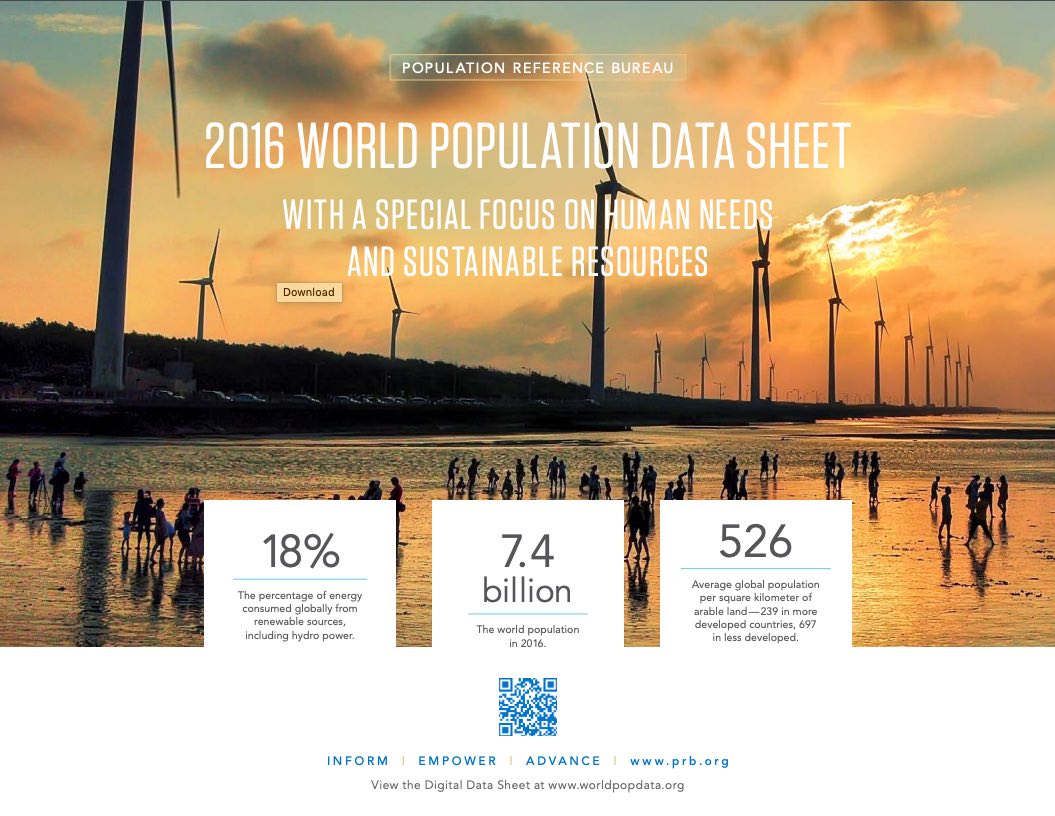125 Search Results Found For : " ɺ rrx219.top ݸ ī ī ī ¶ν ī Ʈ ƾѹīƮ αͳݹī Japan casino"

Project: PACE: Policy, Advocacy, and Communication Enhanced for Population and Reproductive Health
2016 World Population Data Sheet (pdf)
The world population will reach 9.9 billion in 2050, up 33 percent from an estimated 7.4 billion now, according to projections included in the 2016 World Population Data Sheet from the Population Reference Bureau (PRB).
Dissecting China’s 2000 Census
(2001) After conducting what was arguably the world's most ambitious census ever last November, the Chinese government has begun to release the results.
Will Rising Childhood Obesity Decrease U.S. Life Expectancy?
(2005) A new study contends that rising childhood obesity rates will cut average U.S. life expectancy from birth by two to five years in the coming decades—a magnitude of decline last seen in the United States during the Great Depression.

Project: PACE: Policy, Advocacy, and Communication Enhanced for Population and Reproductive Health
2016 World Population Data Sheet
The world population will reach 9.9 billion in 2050, up 33 percent from an estimated 7.4 billion now, according to projections included in the 2016 World Population Data Sheet from the Population Reference Bureau (PRB).
PRB Discuss Online: Marriage Is Good for Your Health
(2009) Mounting research shows that married people are healthier and live longer than unmarried people.

